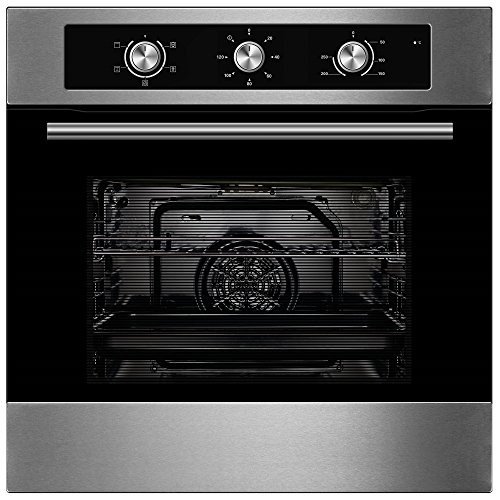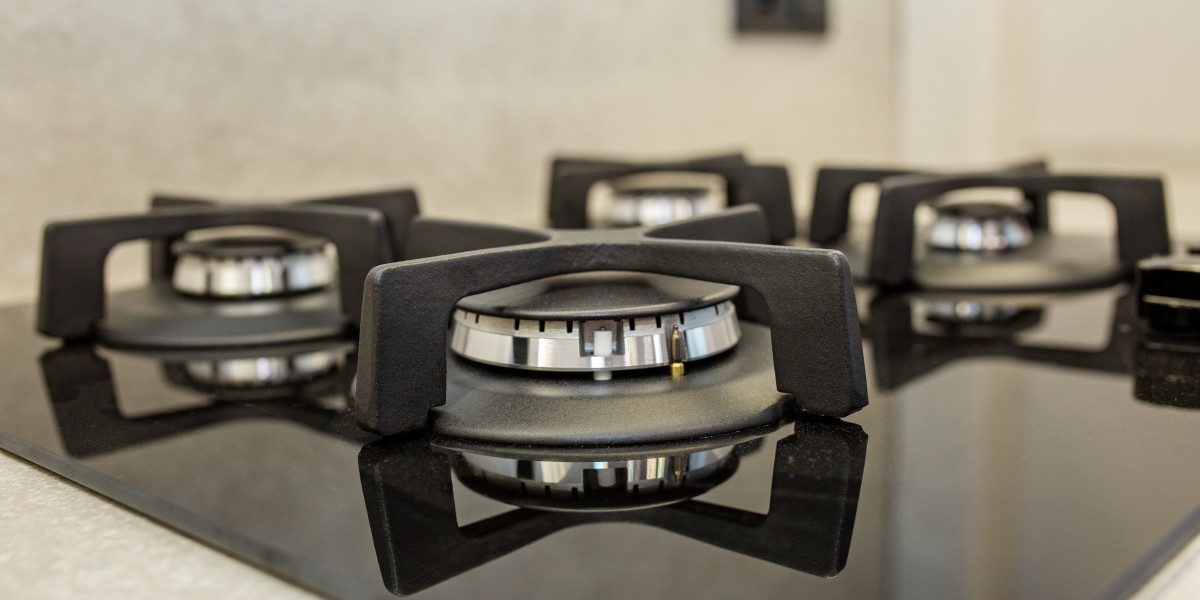 Hob is a regulated exocytosis-related protein. It has been determined that it regulates insulin-producing Drosophila cells. It is a part of the secretory system, and is essential for professional secretory cells to function.
Hob is a regulated exocytosis-related protein. It has been determined that it regulates insulin-producing Drosophila cells. It is a part of the secretory system, and is essential for professional secretory cells to function.In the British kitchen, a stove is akin to the cooktop. Nigella often suggests that you place a pot on the hob. The word has similar meaning in North America.
Induction hobs
Induction hobs make use of magnetism rather than direct heat to warm pans and pots. The cooktop's surface is coils through which an alternating electric current is run. When a ferromagnetic pot or pan is positioned over the cooktop, it creates a magnetic field that generates electricity. This also means that the cooktop stays cool to the touch, thereby saving energy compared with electric and gas models.
Another benefit is that induction hobs are more secure than gas hobs of the traditional variety as there is no open flame to harm your fingers or cookware. These are perfect for student rooms or iQ Student accommodation flats, where safety is paramount. The smooth glass-ceramic surface of this type of hob is not hot, and is easy to clean using a damp rag.
The drawback to induction is that you do need specific pans that can be used. You will need pans with a flat or even thick base made from ferrous metal such as cast iron or steel. These pans must be induction-compatible and a great way to check is by running a magnet over the base. If the magnet sticks then it's a suitable pan for your induction hob.
Other popular choices are ceramic hobs, which have an elegant look and come in a range of colours. They are easy to heat up, however they do tend to utilise more energy than induction hobs, since they heat up the entire glass-ceramic surface. They are easy to keep clean as well, since the smooth cooktop surface can be cleaned using a cloth. Most of them come with dishwasher safe lids to provide convenience.
If you're looking to get the best of both worlds, go for an induction stove equipped with a TFT monitor which shows the location of your cookware and an adjustment panel to alter the power settings. It has four automatic cooking modes to select from (boil melt, boil and slow cook) as well as a boost function for extra-quick results. It comes with locks that can be locked to stop accidental button-pushing and comes with a residual heat indicator and auto switch-off if you forget to turn off your stove.
Gas hobs
A gas stove uses natural gas or propane to heat its burners and oven and oven, which results in a quicker cooking time and better temperature control. This makes it ideal for boiling, frying and sauteing, in addition to other cooking methods. Gas hobs are generally cheaper to run than electric ones, even though they might not be as efficient as electric hobs.
Additionally the gas hob's heat source is independent of electricity, which means it will continue to function even in power outages, but at a lower speed. The heat from the burners is also limited to the pans that they come into contact with, which reduces the chance of fire. However, it's important to keep all flammable substances away from the flames and to follow safe cooking methods to prevent accidental fires.
A modern gas hob is a blend of traditional gas burners and some electrical components that control the burners' ignition and flame output as well as safety features. The majority of models use an electric ignition system that emits an electric spark or an electric pilot flame to ignite the burner. The control knobs allow you to adjust the intensity of the flame and output of heat. A lot of them include a built-in timer that lets you set a specific cooking time.
Gas hobs are generally less expensive to purchase in the beginning than induction models, but the cost of running them will be based on local gas prices. Certain gas hobs can be used with liquefied petrol gas (LPG), a fuel that is often cheaper than natural gas.
Gas hobs require more maintenance than electric ones. Gas hobs tend to collect greasy spills on the burner grates. You'll also need to clean the flat, rimless cooking surface frequently to prevent food residues from building up. Luckily, certain brands, like FUJIOH has made maintenance easier by utilizing stainless steel or porcelain-coated cast iron grates that can be removed to clean. Their flat, rimless design removes the use of awkwardly placed pot holders and utensils which can gather debris.
Electric hobs
Using electric coils to generate heat under the cooking zone electric hobs are fast to heat and easy to clean after use. Many models also have residual heat indicators that indicate which areas were used recently and are too hot to touch or clean. This is particularly helpful in homes with children. Certain models also come with overflow protection, which detects when the pan is boiling and switches off the stove to avoid spillage.
Induction hobs are stylish and sleek. They function by passing a current of electricity through copper coils to create a magnetic field that is heated by the bottoms of the cookware that is compatible with induction. This makes them faster to boil than gas hobs and offers precise temperature control, a cool-to-touch surface and energy efficiency.
However, these types of hobs can be more expensive than gas models and should be installed by an experienced professional. Many come with a flat ceramic cooktop for a modern look and include a range of options, including child locks as well as timers, auto shut off and built in sensors for food preparation.
Electric ceramic hobs are a favorite among users. They offer an easy-to-clean, smooth surface that is also resistant to stains, burns, and scratches. They are also available in a range of colors to match your kitchen design and many have pre-installed trims and panels for an uni-directional finish.
Similar to induction hobs they require regular maintenance, with burner caps and grates needing to be removed regularly and then soaked in warm water for cleaning before reassembling. They are also prone to staining from liquid spillages and are a little slower than other hobs to heat up, although they are extremely efficient in energy use.
The best hobs
Hobs are a crucial kitchen appliance that can transform any food preparation into a complete symphony. If you're looking to create your cooking arsenal from scratch or just looking for an upgrade, we offer a range of hob types that will meet your requirements and budget.
The best hobs are stylish and durable, as well as easy to clean. They also come with a range of features that allow you to cook like professional. The most popular options include gas, induction, and ceramic.
Ceramic hobs are energy efficient and easy to clean because they employ electric heating elements beneath glass surfaces. They are quick to heat up and offer precise temperature control, making them suitable for all kinds of cookware. Some models have residual heat indicators that warn you if the glass surface is still warm.
Induction hobs create an electric field that allows heat to be generated when it is required. They are faster to warm up than gas or sealed plate hobs and offer excellent energy efficiency, with no loss of heat that is not needed by the rest of the hob.
Gas hobs are a more traditional choice and are favored by professional chefs. They are quick to heat up and offer instant heat control, which makes them suitable for a range of cooking techniques. They are also inexpensive to run and can be used with a wide range of pans. They aren't easy to clean however, due to the fact that the grates and burners are prone to having crevices and nooks in which dirt could hide.
Solid plate hobs are strong and durable, providing a good level of heat distribution for everyday use. They are generally cheaper than gas or induction hobs, and are ideal if you have a limited space. Some can be converted to make use of bottles of LPG, and they are suitable for all kinds of pans. They take longer to heat and cool down and are not suitable for simmering. A majority of the modern stoves we have available have child locks and a range of enhanced safety features to provide added peace of mind.







